Virtual Reality (VR)
Windows Mixed Reality HMD
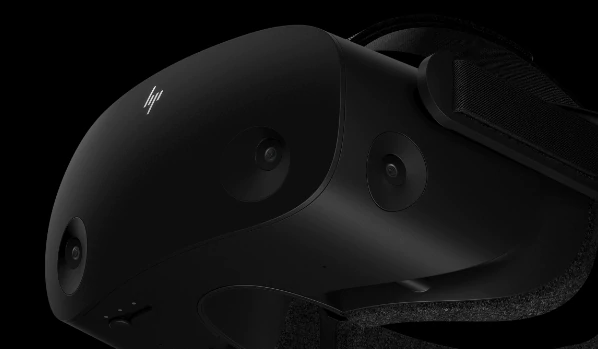
figure from Windows Mixed Reality
Since its production, HoloLens 1.0 was criticized by many developers for four reasons: high cost, lack of immersion, limited Field of View (FOV) and heavy weight. To account for all these problems, Windows Mixed Reality Program was introduced. Within this program, computer technology companies such as Acer, HP, Dell, Samsung and Lenovo have been producing Mixed Reality headsets and accessories since early 2017. They are lightweight computer - operated HMDs each equipped with a pair of depth IR cameras for inside-out tracking, and high resolution graphics with an FOV between 85 - 110 degrees for high quality immersion. It can operate many HoloLens and other Universal Windows Platform (UWP) applications or allow the users to control their Windows 10 system in Virtual Environment (VE) using either one of the following input devices: keyboard and mouse of the PC, XBox Gamepad and Windows MR Motion Controllers.
HTC Vive
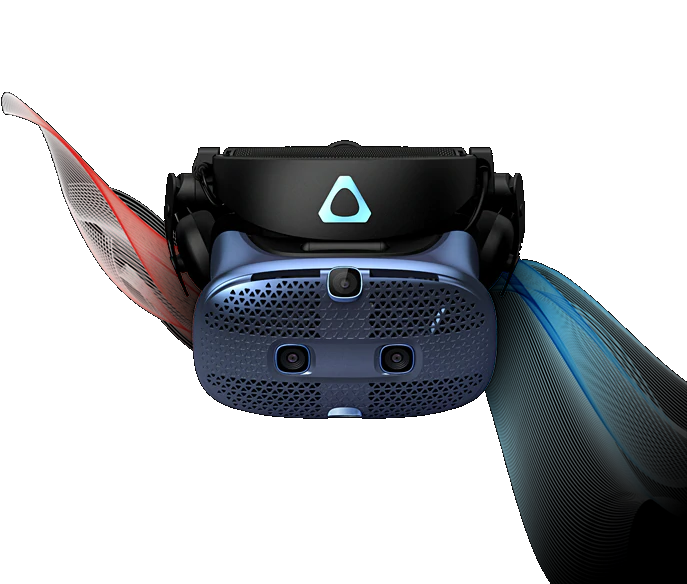
figure from VIVE US website
HTC Vive is a Mixed Reality system developed by HTC Corporation and Valve Corporation in the year 2015. An HTC Vive System is equipped with two IR base stations for outside-in tracking, handheld VR motion controllers with 24 sensors for precise haptic feedback, and an MR system headset with a front facing camera for MR experience and 32 sensors for precision tracking. The headset has a field of view of about 110 degrees for improved visual immersion.
Pimax 5K Plus
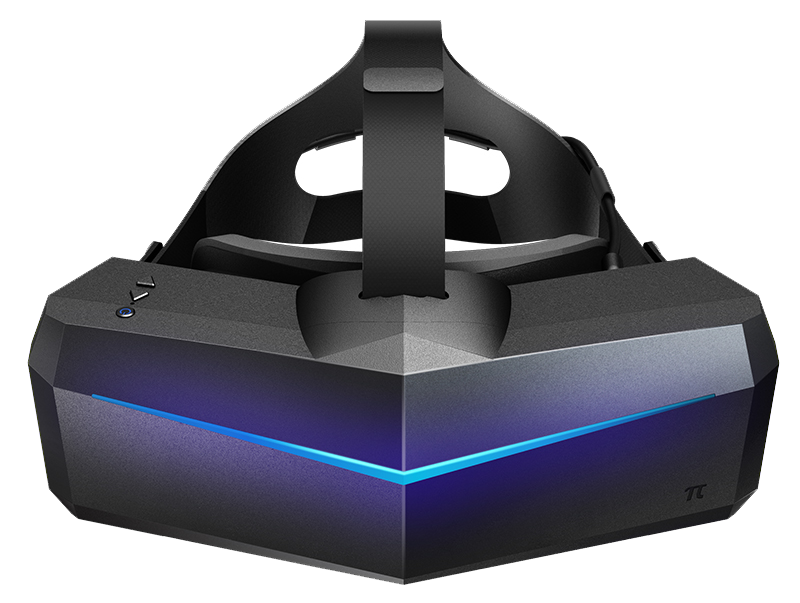
figure from Pimax website
Pimax 5K PLUS is another outside-in tracking based Virtual Reality system with an ultrawide 200 degrees field of view and 2.5K resolution per eye. It is compatible with the base stations and controllers of the HTC Vive system as well as Valve Index making it adaptable among a wide variety of VR developers. In addition, its wide FOV of 200 degrees, high refresh rate of 120 Hz, and high resolution of 5120 x 1440 makes it a highly immersive experience for flight simulation and various other applications, while reducing tunnel vision (also known as peripheral vision loss).
Oculus Quest Wireless Standalone Headset
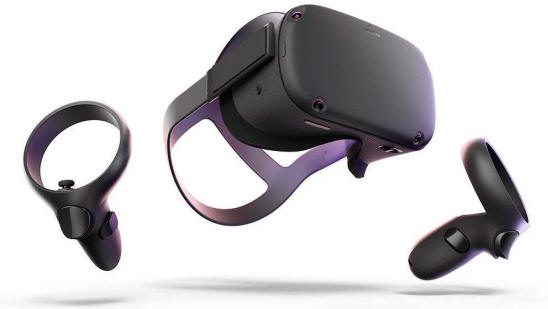
figure from Oculus Website
Oculus Quest is an extremely powerful VR headset capable of running high quality 3D applications wirelessly and without relying on an external computer. Similar to WMR headsets, this headset operates based on the inside-out tracking mechanism, and therefore, does not require external sensors to track the environment, or use its 6-DOF lightweight Oculus Touch Controllers. In fact, it is the first VR headset to allow hand-tracking. In other words, its onboard camera sensors can detect the user's fingers and hands and use them as an input method on selective applications. Additionally, it is also one of the few headsets to employ AR outside of the room-scale to prevent potential accidents in the real environment.
Oculus Rift Goggles
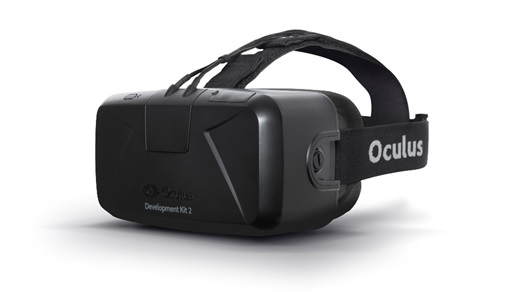
figure from LabReporter Website
Oculus has a very small, high resolution screen on the inside of the headset. The image is then split into two viewable regions and magnified by two separate eye lenses. One major advantage of Virtual Reality goggles is that various hazards can be visually marked to make them stand out.
Go back to Hardware Resources






